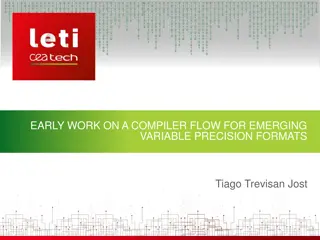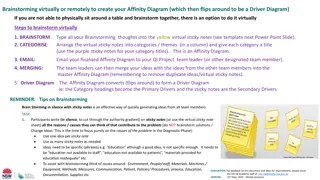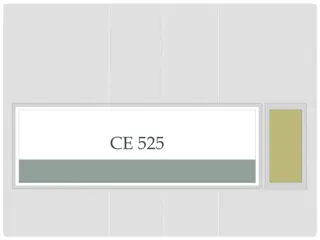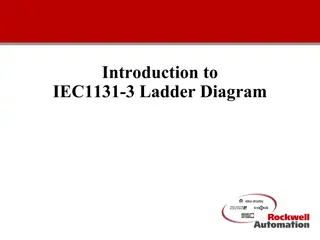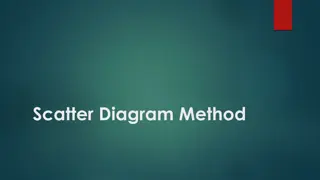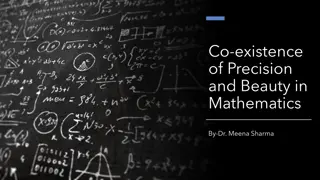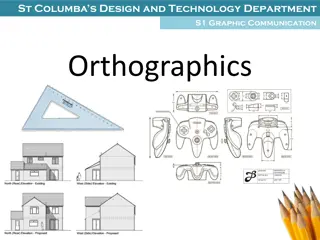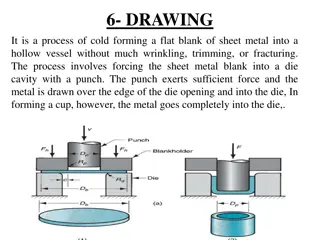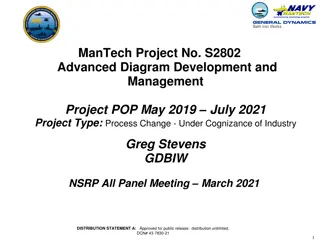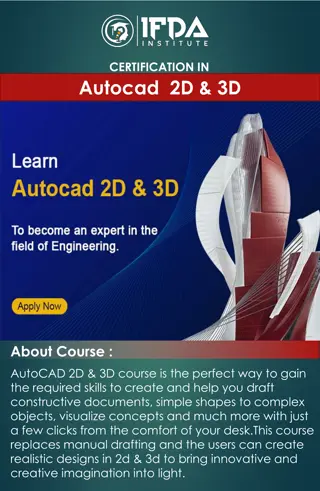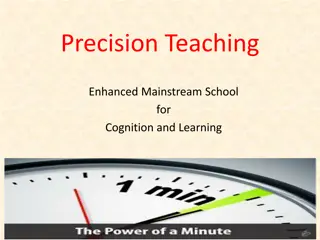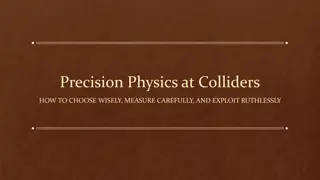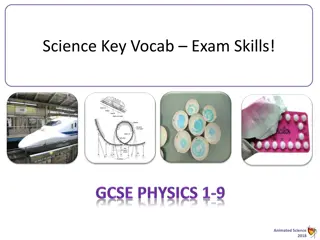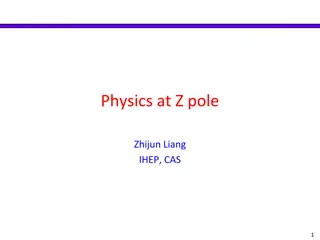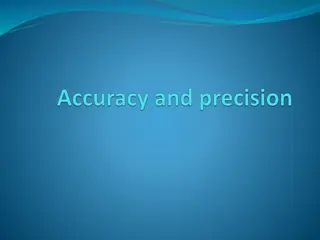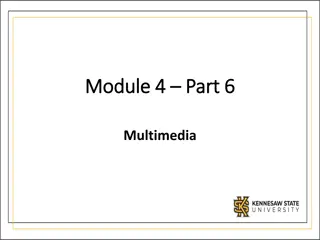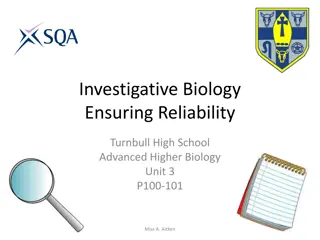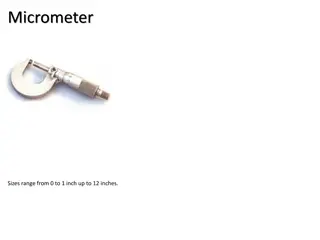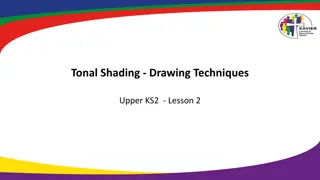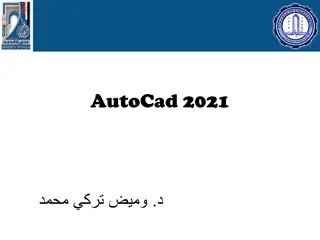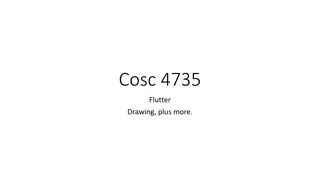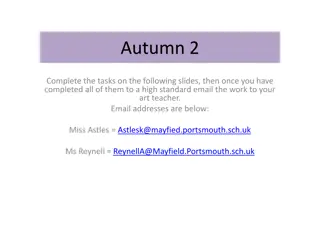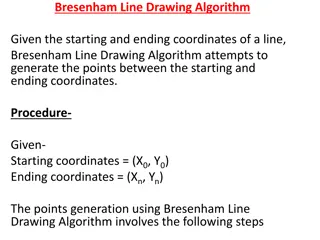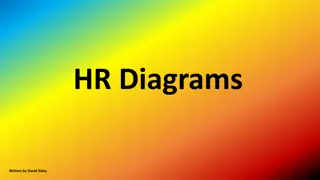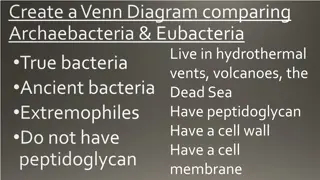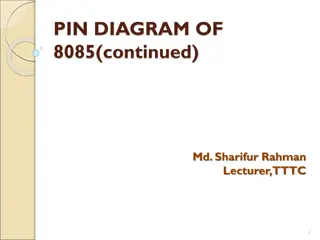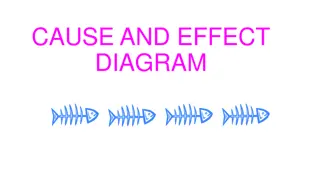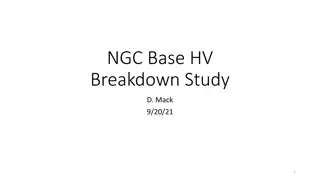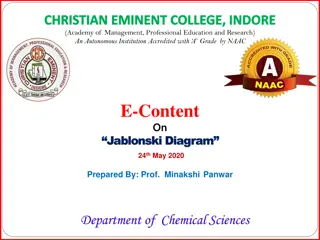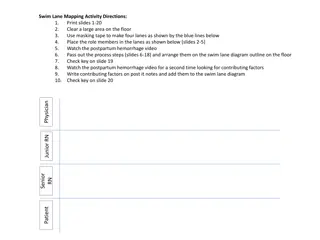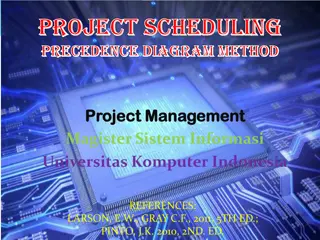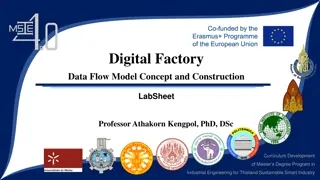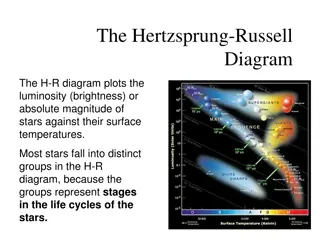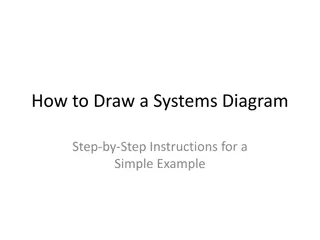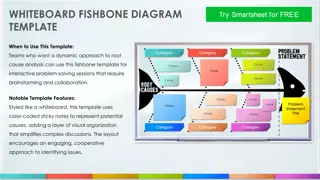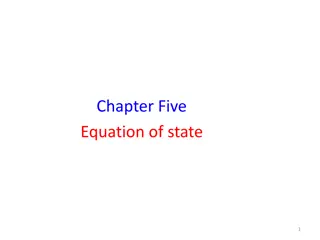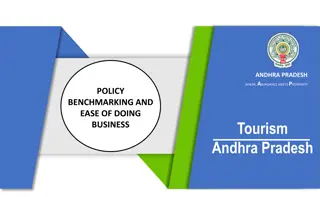QuickDraw: Revolutionizing Diagram Drawing with Precision and Ease
Diagrams play a crucial role in various fields like Mathematics and Physics but creating them can be challenging and time-consuming. QuickDraw offers a solution by enabling natural sketching of diagrams followed by constraint-based precise beautification, making the process efficient and accurate. With its user-friendly interface and innovative features, QuickDraw aims to simplify the creation of geometric diagrams for users.
Download Presentation

Please find below an Image/Link to download the presentation.
The content on the website is provided AS IS for your information and personal use only. It may not be sold, licensed, or shared on other websites without obtaining consent from the author. Download presentation by click this link. If you encounter any issues during the download, it is possible that the publisher has removed the file from their server.
E N D
Presentation Transcript
QuickDraw : Improving Drawing for Geometric Diagrams Salman Cheema1, Sumit Gulwani2, Joseph J. LaViola Jr1 1: University of Central Florida 2: Microsoft Research
Diagrams can be tricky Important in several disciplines Mathematics Physics Often require precision Time consuming Tricky to Draw
Drawing Geometry Diagrams With Precision Do it by hand Using compass and set square Use a software tool Cabri II Plus, Geometry Expressions, etc Our Solution: Enable natural sketching of diagrams, followed by constraint-based precise beautification
Outline Motivation (done) Related Work QuickDraw overview Demo Technical Details Findings of our Usability Study Q & A
Related Work Sketch Recognition & Beautification CogSketch (2011) LADDER (2005) MathPad2 (2004) PaleoSketch (2008) Lineogrammar (2008) Wais, Wolin, Alvarado (2007) Igarashi et al (1997) PenProof (2010) IIPW (2007) Constraint Solving Gulwani et al (2011) Aldefeld (1988) Bouma et al (1995) Kondo (1992) Nelson (1985)
Underlying Problem Sketch-based interaction Natural and ingrained method of making diagrams Sketches are Imprecise Problem: Given a rough sketch, generate a mathematically precise diagram! Observation: geometric constraints will probably be the same in both the rough sketch and the precise diagram Heuristics to infer geometric constraints Use inferred constraints to beautify sketch
QuickDraws User-Interface Sketch diagrams using stylus on a tablet PC In one go Incrementally Editing Capabilities Clear the canvas Erase ink or recognized diagram components Reposition components by manipulating control points Recognition is triggered explicitly
Input and Recognition Sketch: Set of ink strokes Ink Stroke: Collection of 2D points Cusp: Region of high curvature in ink stroke Recognition of an ink stroke Enumerate all cusps [Istraw (Xiong and LaViola, 2010)] Use heuristics to classify stroke Circle or Line Segment Assign numerical ordering Left to right, then top to bottom
Inference of Constraints For each pair of recognized components (Line Segments/Circles) Infer geometric constraints Examples: Equal Length/Radius, Parallel, Perpendicular, Collinear, Connected, Tangent, etc Help in understanding user intent What happens when an error occurs?
Beautification Algorithm A = set of attributes of all components B = Empty Set While ( A is not empty) If an attribute ai is computable using attributes in B Compute its value by using associated constraint else Select highest ranked ai from A Read its value from sketch B += {ai}, A-= {ai} Construct beautified components from attributes in B
Beautification Example Recognition 4 line segments Inferred Constraints 2 vertical and 2 horizontal lines Same length Vertical lines are parallel Horizontal lines are parallel Connected path Same perpendicular distance same between horizontal and vertical line segments
Beautification Example Based on ordering Compute the slope of left line segment Compute slopes of all other line segments Read an endpoint from the sketch Yields intercept Read length from sketch Beautify left line segment Beautify top line segment Beautify bottom line segment Beautify right line segment
User Study Compared QuickDraw with existing tools Cabri II Plus Geometer s Sketchpad Geometry Expressions Microsoft PowerPoint 19 participants 17 male 2 female
User Study (contd) Training Session 3 practice diagrams Experiment Task 9 diagrams split into easy, medium and hard difficulty levels Procedure Randomized order of tools Randomized order of diagrams for each tool Collected feedback at the end 3 minutes to draw a given diagram Quantitative Metrics Mean Completion Time Mean number of editing operations
Diagrams used in the Study Source : NCERT Mathematics Book
Quantitative Analysis Recorded failure rate of 11% and 13% for medium and hard difficulty diagrams Statistical Analysis of Metrics via ANOVA and t-tests Diagram Difficulty Easy Medium Hard QuickDraw performed better than PowerPoint PowerPoint, Cabri II Plus, Geometer s Sketchpad PowerPoint, Cabri II Plus, Geometer s Sketchpad At all levels of difficulty, QuickDraw was no worse than Geometry Expressions
Qualitative Analysis No significant difference in drawing capabilities of each tool No significant difference in perceived drawing performance (except Microsoft PowerPoint) No less difficult to correct mistakes in QuickDraw than any other tool Recognition in QuickDraw was rated highly QuickDraw rated higher in overall reaction Fairly even split between the two sketching modes
Feedback & Suggestions QuickDraw enables fast drawing Editing/Correcting a diagram in QuickDraw is cumbersome Grid for snapping and manipulation Keyboard shortcuts Math recognition engine for specifying angles/dimensions Ability to sketch constraints on the diagram Majority of participants want to use sketch-based interfaces in the future
Conclusion Diagramming Tool with natural mode of interaction Novel, real-time beautification algorithm based on lightweight constraint solving Usability study demonstrating superior or comparable performance to state-of-the-art tools
Future Work Improve constraint inference and beautification systems To counter high failure rate Construct better editing capabilities Enable users to specify angles/dimensions for diagrams Enable users to specify constraints explicitly, instead of using just implicit inference
Acknowledgments This work is supported by Microsoft Research NSF Career Award IIS-0845921 NSF Awards IIS-0865045 and CCF-1012056 Thanks to Bo Kang and Sarah Buchanan from the Interactive Systems and User Experience Lab for help with pilot testing Anonymous Reviewers
Questions Live demo of QuickDraw in today s Interactivity Session Please come visit us in Exhibit Hall 4, Booth i428


